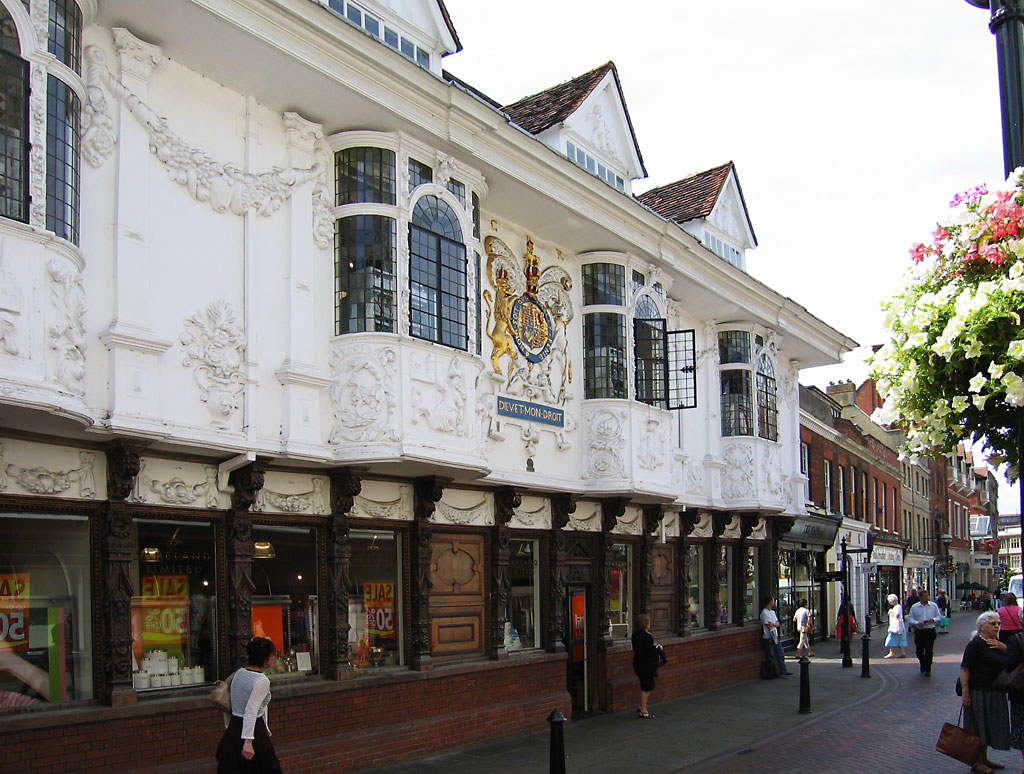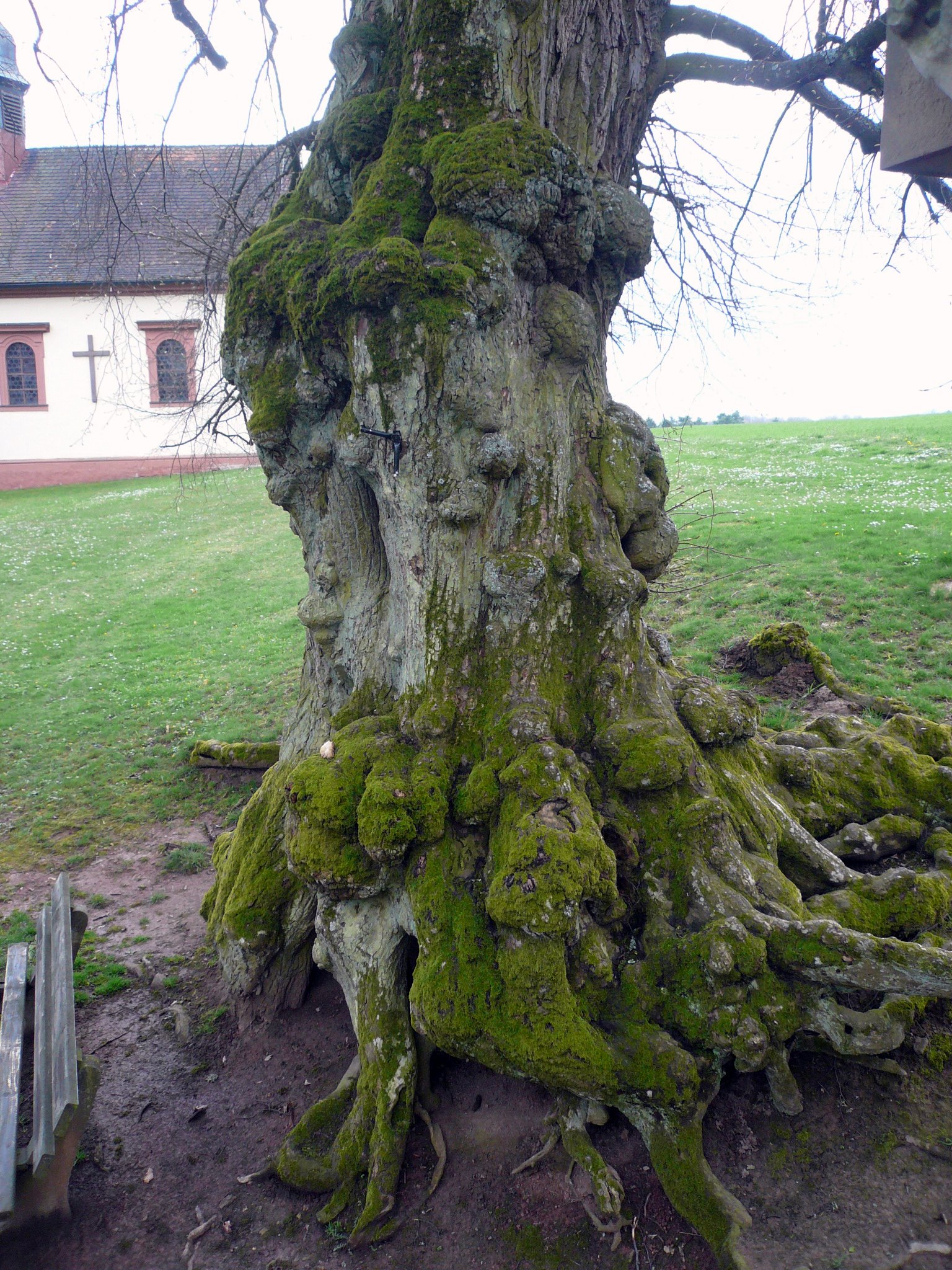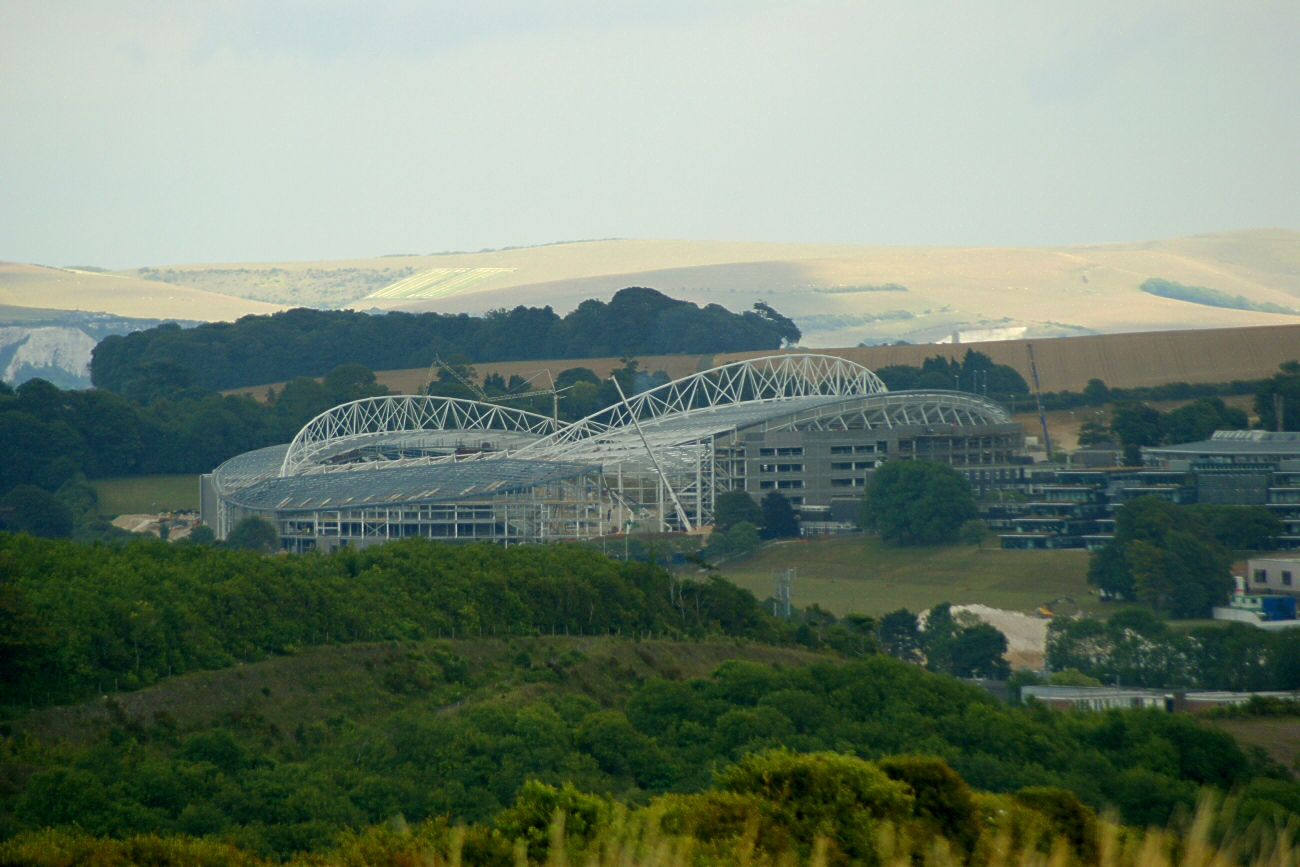|
Shelley, Suffolk
Shelley is a small village and civil parish in Suffolk, England. Located on the west bank of the River Brett around three miles south of Hadleigh, it is part of Babergh district. The population of the village was only minimal at the 2011 Census and is included in the civil parish of Higham. Most of the parish is within the Dedham Vale Area of Outstanding Natural Beauty. Other points of interest are Shelley Hall, a listed building with a protected moat, once owned by the Partridge family, and Snakes Wood, which is classified as Ancient Woodland and serves as a nature reserve. The village is first recorded before the Norman Conquest in the S1051 charter of 1000AD in the will of Ælfflæd. The Domesday Book of 1086 records the population of Shelley in 1086 to be 42 households along with 8 cattle, 32 pigs, 200 sheep, 3 other animals, 28 acres of meadow, 1,000 woodland pigs, two mills. Barker writes that there is an unusually long hedge in Shelley made up of coppiced lime tree ... [...More Info...] [...Related Items...] OR: [Wikipedia] [Google] [Baidu] |
Ipswich
Ipswich () is a port town and Borough status in the United Kingdom, borough in Suffolk, England. It is the county town, and largest in Suffolk, followed by Lowestoft and Bury St Edmunds, and the third-largest population centre in East Anglia, after Peterborough and Norwich. It is northeast of London and in 2011 had a population of 144,957. The Ipswich built-up area is the fourth-largest in the East of England and the 42nd-largest in England and Wales. It includes the towns and villages of Kesgrave, Woodbridge, Suffolk, Woodbridge, Bramford and Martlesham Heath. Ipswich was first recorded during the medieval period as ''Gippeswic'', the town has also been recorded as ''Gyppewicus'' and ''Yppswyche''. It has been continuously inhabited since the Anglo-Saxon settlement of Britain, Saxon period, and is believed to be one of the Oldest town in Britain, oldest towns in the United Kingdom.Hills, Catherine"England's Oldest Town" Retrieved 2 August 2015. The settlement was of great eco ... [...More Info...] [...Related Items...] OR: [Wikipedia] [Google] [Baidu] |
Ancient Woodland
In the United Kingdom, ancient woodland is that which has existed continuously since 1600 in England, Wales and Northern Ireland (or 1750 in Scotland). The practice of planting woodland was uncommon before those dates, so a wood present in 1600 is likely to have developed naturally. In most ancient woods, the trees and shrubs have been felled periodically as part of the management cycle. Providing that the area has remained as woodland, the stand is still considered ancient. Since it may have been cut over many times in the past, ancient woodland does not necessarily contain trees that are particularly old. For many animal and plant species, ancient woodland sites provide the sole habitat. Furthermore, for many others, the conditions prevailing on these sites are much more suitable than those on other sites. Ancient woodland in the UK, like rainforest in the tropics, serves as a refuge for rare and endangered species. Consequently, ancient woodlands are frequently described as an ... [...More Info...] [...Related Items...] OR: [Wikipedia] [Google] [Baidu] |
Bartholomew Gosnold
Bartholomew Gosnold ( – ) was an English barrister, explorer and privateer who was instrumental in founding the Virginia Company in London and Jamestown in colonial America. He led the first recorded European expedition to Cape Cod. He is considered by Preservation Virginia (formerly known as the Association for the Preservation of Virginia Antiquities) to be the "prime mover of the colonization of Virginia". Early life and family Gosnold was born in Grundisburgh in Suffolk, England, in 1571, and his family seat was at Otley Hall, Otley, Suffolk. His parents were Anthony Gosnold of Grundisburgh and Dorothy Bacon of Hessett. Henry Gosnold, the judge and friend of Francis Bacon, was his cousin. Bartholomew had a younger brother Anthony, born sometime between 1573 and 1578, who accompanied him to Virginia as well as a cousin also named Anthony Gosnold who was still living in Virginia in 1615. In 1578, the will of Bartholomew's great-grandmother Ann Gosnold shows five sisters ... [...More Info...] [...Related Items...] OR: [Wikipedia] [Google] [Baidu] |
Jamestown, Virginia
The Jamestown settlement in the Colony of Virginia was the first permanent British colonization of the Americas, English settlement in the Americas. It was located on the northeast bank of the James River, about southwest of present-day Williamsburg, Virginia, Williamsburg. It was established by the London Company as "James Fort" on May 4, 1607 Old Style and New Style dates, O.S. (May 14, 1607 Old Style and New Style dates, N.S.), and considered permanent, after brief abandonment in 1610. It followed failed attempts, including the Roanoke Colony, established in 1585. Despite the dispatch of more supplies, only 60 of the original 214 settlers survived the 1609–1610 Starving Time. In mid-1610, the survivors abandoned Jamestown, though they returned after meeting a resupply convoy in the James River. Jamestown served as the colonial capital from 1616 until 1699. In August 1619, the first recorded slaves from Africa to British North America arrived at present-day Old Point Comfor ... [...More Info...] [...Related Items...] OR: [Wikipedia] [Google] [Baidu] |
Assarting
Assarting is the act of clearing forested lands for use in agriculture or other purposes. In English land law, it was illegal to assart any part of a royal forest without permission. This was the greatest trespass that could be committed in a forest, being more than a waste: while waste of the forest involves felling trees and shrubs, which can regrow, assarting involves completely uprooting all trees—the total extirpation of the forested area. The term ''assart'' was also used for a parcel of land assarted. Assart rents were those paid to the British Crown for the forest lands assarted. The etymology is from the French word ''essarter'' meaning to remove or grub out woodland. In northern England this is referred to as ''ridding''. Process In the Middle Ages, the land cleared was usually common land but after assarting, the space became privately used. The process took several forms. Usually it was done by one farmer who hacked out a clearing from the woodland, leaving a ... [...More Info...] [...Related Items...] OR: [Wikipedia] [Google] [Baidu] |
Tilia
''Tilia'' is a genus of about 30 species of trees or bushes, native throughout most of the temperateness, temperate Northern Hemisphere. The tree is known as linden for the European species, and basswood for North American species. In Great Britain and Ireland they are commonly called lime trees, although they are not related to the citrus Lime (fruit), lime. The genus occurs in Europe and eastern North America, but the greatest species diversity is found in Asia. Under the Cronquist system, Cronquist classification system, this genus was placed in the family Tiliaceae, but genetic research summarised by the Angiosperm Phylogeny Group has resulted in the incorporation of this genus, and of most of the previous family, into the Malvaceae. ''Tilia'' is the only known ectomycorrhizal genus in the family Malvaceae. Studies of ectomycorrhizal relations of ''Tilia'' species indicate a wide range of fungal symbionts and a preference toward Ascomycota fungal partners. Description ''T ... [...More Info...] [...Related Items...] OR: [Wikipedia] [Google] [Baidu] |
Domesday Book
Domesday Book ( ; the Middle English spelling of "Doomsday Book") is a manuscript record of the Great Survey of much of England and parts of Wales completed in 1086 at the behest of William the Conqueror. The manuscript was originally known by the Latin name , meaning "Book of Winchester, Hampshire, Winchester", where it was originally kept in the royal treasury. The ''Anglo-Saxon Chronicle'' states that in 1085 the king sent his agents to survey every shire in England, to list his holdings and dues owed to him. Written in Medieval Latin, it was Scribal abbreviation, highly abbreviated and included some vernacular native terms without Latin equivalents. The survey's main purpose was to record the annual value of every piece of landed property to its lord, and the resources in land, labour force, and livestock from which the value derived. The name "Domesday Book" came into use in the 12th century. Richard FitzNeal wrote in the ( 1179) that the book was so called because its de ... [...More Info...] [...Related Items...] OR: [Wikipedia] [Google] [Baidu] |
Norman Conquest
The Norman Conquest (or the Conquest) was the 11th-century invasion and occupation of England by an army made up of thousands of Normans, Norman, French people, French, Flemish people, Flemish, and Bretons, Breton troops, all led by the Duke of Normandy, later styled William the Conqueror. William's claim to the English throne derived from his familial relationship with the childless Anglo-Saxon king Edward the Confessor, who may have encouraged William's hopes for the throne. Edward died in January 1066 and was succeeded by his brother-in-law Harold Godwinson. The Norwegian king Harald Hardrada invaded northern England in September 1066 and was victorious at the Battle of Fulford on 20 September, but Godwinson's army defeated and killed Hardrada at the Battle of Stamford Bridge on 25 September. Three days later on 28 September, William's invasion force of thousands of men and hundreds of ships landed at Pevensey in Sussex in southern England. Harold marched south to oppose ... [...More Info...] [...Related Items...] OR: [Wikipedia] [Google] [Baidu] |
Nature Reserve
A nature reserve (also known as a wildlife refuge, wildlife sanctuary, biosphere reserve or bioreserve, natural or nature preserve, or nature conservation area) is a protected area of importance for flora, fauna, funga, or features of geological or other special interest, which is reserved and managed for purposes of Conservation (ethic), conservation and to provide special opportunities for study or research. They may be designated by government institutions in some countries, or by private landowners, such as charities and research institutions. Nature reserves fall into different IUCN protected area categories, IUCN categories depending on the level of protection afforded by local laws. Normally it is more strictly protected than a nature park. Various jurisdictions may use other terminology, such as ecological protection area or private protected area in legislation and in official titles of the reserves. History Cultural practices that roughly equate to the establishmen ... [...More Info...] [...Related Items...] OR: [Wikipedia] [Google] [Baidu] |
Charles Partridge (anthropologist)
Charles Stanley Partridge (10 February 1872 – 21 December 1955) was an English anthropologist and historian with a particular focus on Suffolk, and former colonial administrator in Nigeria. Early life Partridge was born at Offton Place, Offton, Suffolk, the elder son of Charles Thomas Partridge, later of Sulley's Manor Farm at Raydon and of Stowmarket, and his wife Catherine Pleasance, daughter of William Robert Hewitt, of The Rookery, Stowmarket. The Partridges were a family of wealthy yeoman farmers of whose Suffolk roots Partridge was very proud (all but one of his great-great-grandparents being born in that county). The earliest known ancestor of the Partridge family was yeoman farmer Thomas Partridge, of Higham and Capel St. Mary, Suffolk, born circa 1560. The family also owned Shelley Hall, where Partridge's father farmed between 1872 and 1875. He was educated at Queen Elizabeth School, Ipswich- where he was a younger contemporary of the writer H. Rider Haggard- and a ... [...More Info...] [...Related Items...] OR: [Wikipedia] [Google] [Baidu] |
Suffolk
Suffolk ( ) is a ceremonial county in the East of England and East Anglia. It is bordered by Norfolk to the north, the North Sea to the east, Essex to the south, and Cambridgeshire to the west. Ipswich is the largest settlement and the county town. The county has an area of and a population of 758,556. After Ipswich (144,957) in the south, the largest towns are Lowestoft (73,800) in the north-east and Bury St Edmunds (40,664) in the west. Suffolk contains five Non-metropolitan district, local government districts, which are part of a two-tier non-metropolitan county administered by Suffolk County Council. The Suffolk coastline, which includes parts of the Suffolk & Essex Coast & Heaths National Landscape, is a complex habitat, formed by London Clay and Crag Group, crag underlain by chalk and therefore susceptible to erosion. It contains several deep Estuary, estuaries, including those of the rivers River Blyth, Suffolk, Blyth, River Deben, Deben, River Orwell, Orwell, River S ... [...More Info...] [...Related Items...] OR: [Wikipedia] [Google] [Baidu] |
Area Of Outstanding Natural Beauty
An Area of Outstanding Natural Beauty (AONB; , AHNE) is one of 46 areas of countryside in England, Wales, or Northern Ireland that has been designated for conservation due to its significant landscape value. Since 2023, the areas in England and Wales have also adopted the name National Landscape (). Areas are designated in recognition of their national importance by the relevant public body: Natural England, Natural Resources Wales, and the Northern Ireland Environment Agency respectively. On 22 November 2023, following a review, the AONBs in England and Wales adopted the National Landscapes name, and are in the process of rebranding. AONBs in Northern Ireland did not rename. The name "area of outstanding natural beauty" is still the designated legal term. In place of the term AONB, Scotland uses the similar national scenic area (NSA) designation. Areas of Outstanding Natural Beauty enjoy levels of protection from development similar to those of UK national parks, but unli ... [...More Info...] [...Related Items...] OR: [Wikipedia] [Google] [Baidu] |







